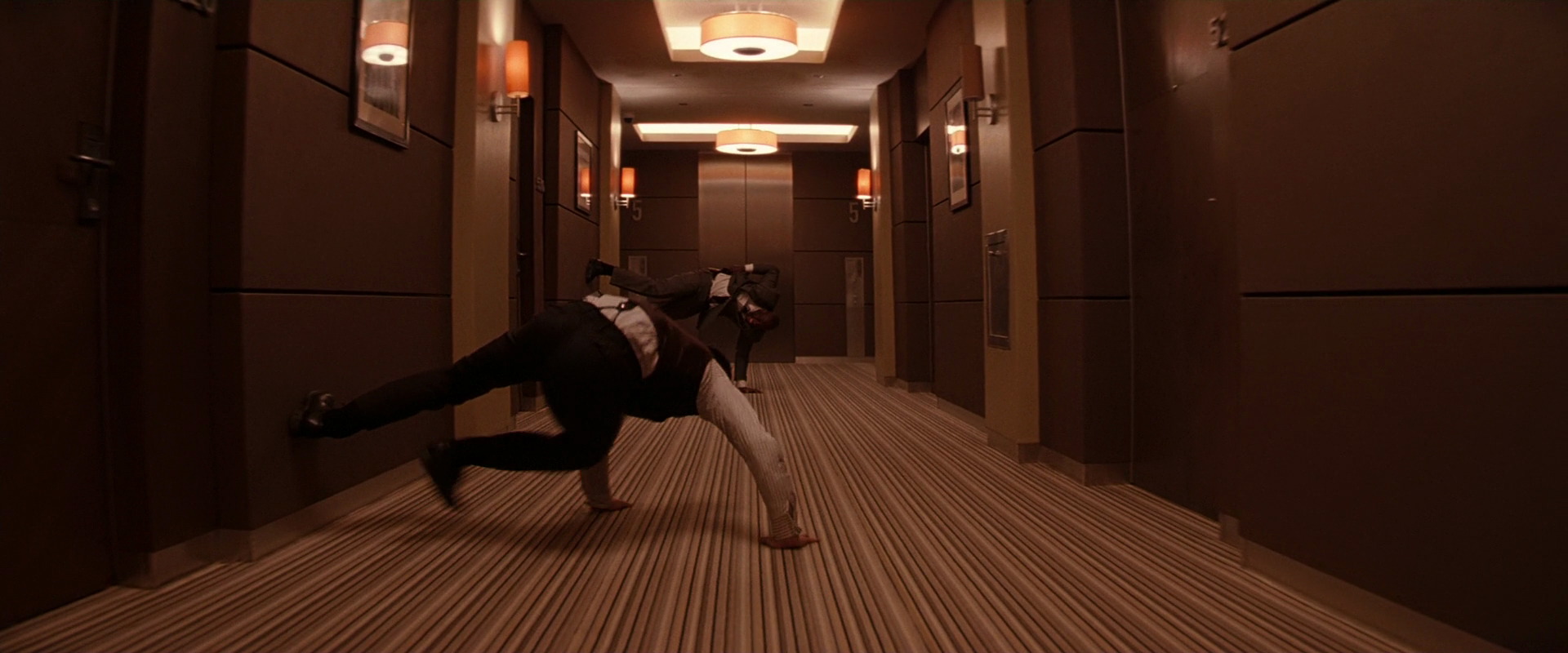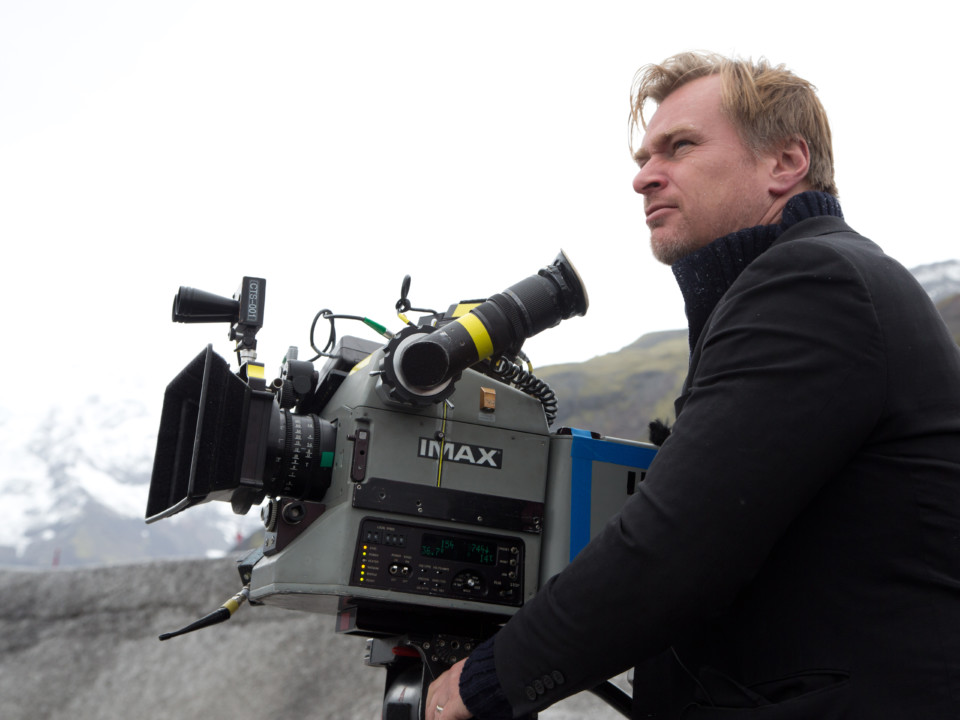“Dunkirk,” British-American director Christopher Nolan’s latest war film, opened in theaters Friday, July 21. The World War II epic documenting the evacuation of British, French and Belgian troops surged to first place in the box office, generating more than $50 million domestically and $56 million overseas during opening weekend according to Box Office Mojo.
In today’s movie industry dominated by sequels, reboots and comic book adaptations, Nolan is one of the few directors capable of balancing commercial success with original and inventive storytelling.
His filmography covers a wide range of genres, from superhero movies to detective noir. Before the release of “Dunkirk,” Nolan’s films, which include two limited releases and eight widely released features, have grossed more than $4.2 billion worldwide.
Nolan ranks eighth on the list of highest grossing directors at the domestic box office offered by Box Office Mojo – higher than George Lucas, creator of the “Star Wars” saga and renowned British director Ridley Scott. At 46, he is also the youngest director making the top ten.
With the first week of ticket receipts coming in for “Dunkirk”, the domestic gross of Nolan’s films has surpassed that of Tim Burton, and is on the verge of outnumbering Ron Howard’s $1.89 billion, which is accomplished through directing 24 films in total.
Top 10 highest grossing directors at the domestic box office
*Note: The statistics on the chart below are updated July 27. Both of Michael Bay’s “Transformers: The Last Knight” and Christopher Nolan’s “Dunkirk” are still shown in theaters in the U.S. and Canada. Nolan is very likely to surpass Ron Howard and James Cameron with “Dunkirk.”
Studios don’t just pay attention to the domestic market in North America. The box office overseas has become a crucial factor in estimating potential revenue a big-budget film can generate. One of the fastest-growing foreign markets is China.
According to Motion Picture Association of America (MPAA), the Chinese film industry is currently the second largest box office outside of North America and is set to become the largest in the world within the next few years.
With a big market comes investments, partnerships and international co-productions. But, unlike a growing number of recent Hollywood productions, Nolan’s box office success does not rely on China.
Apart from “Dunkirk,” which opens in the Chinese mainland in September, “Inception” (2010), “The Dark Knight Rises” (2012) and “Interstellar” (2014) are the only three Nolan films released theatrically in China.
However, Nolan films do have a large audience in China. “Interstellar,” for instance, grossed over RMB 755 million ($118.1 million), contributing almost 20 percent of the film’s worldwide box office, according to EntGroup statistics.
The film also ranked fifth among the highest grossing films in Chinese mainland in 2014. Higher, in fact, than each of the four comic book movies released that year (“X-Men: Days of Future Past,” “Captain America: The Winter Soldier,” “Guardians of the Galaxy” and “The Amazing Spider-Man 2”). Audiences there were buzzed about the breathtaking visual effects, and social media outlets were filled with discussions about astrophysics involved in the story.
Where do audiences of Nolan Films come from?
*Note: The figures are not adjusted for inflation and do not include “Following” and “The Quay Brothers in 35mm,” two limited releases, and “Dunkirk.”
Apart from being deemed a box office success in an ever-changing film market, most of Nolan’s films are critically acclaimed for unconventional structure and aesthetic value. For two of his more heady films,”Memento” and “Inception,” he received three Academy Award nominations for co-writing and directing
Audiences and critics may have split views on his works, but Nolan is unique for his persistence in certain aspects of his craft as a filmmaker.
Nonlinear timelines are perhaps the most used technique in his storytelling arsenal. Instead of telling stories in chronological order, Nolan often juxtaposes different time frames of a plot, allowing them to merge in the last act. Watching a Nolan film is similar to solving puzzles. When disjunct plot lines resolve at the end of his films, audiences are usually overwhelmed by a sense of satisfaction.
Nolan has been practicing this technique throughout his entire career. Despite being a low-budget limited release, his 1998 directorial debut “Following,” was the first to introduce this uncommon structure.
In his first widely released feature “Memento,” he furthered developed this approach by going back and forth between two different timelines: one moving forward, the other backward.

Christopher Nolan on the set for his 2014 science fiction film Interstellar with Dutch-Swedish cinematographer Hoyte Van Hoytema. Similar to shooting The Dark Knight Rises(2012), Nolan switched between 35mm and 70 mm IMAX in the course of shooting for Interstellar. (Photo courtesy of Paramount/Warner Bros.)
Nolan has continued to use nonlinear structure in many of his big-budget projects, with “Dunkirk” being the latest example. Despite the lack of character development and story arc, he managed to turn a straightforward historical event into an incredible cinematic experience by splitting the narrative into three timelines: one unfolds on land, one on the sea, and one in air — each covering a week, a day and an hour respectively.
In addition, Nolan is known for his preference for using film instead of newer digital cameras. Most of his movies were shot on 35mm film before he made the transition to 70mm IMAX format while shooting “The Dark Knight Rises” (2012). The majority of “Dunkirk” was shot on 70mm IMAX.

The corridor fight scene in Nolan’s 2010 sci-fi action film “Inception” is one of the best examples of his effort to use practical effects to advance storytelling and achieve a sense of realism. (Photo courtesy of Warner Bros.)
While computer-generated imagery has become an inherent part of modern filmmaking, Nolan is a rare breed of director who values the purity of real world, in-camera visual effects.
For instance, the stunning corridor fight scene in “Inception,” he created an exhilarating action sequence in a rotating hotel corridor by constructing an actual revolving set for the scene.
Considering Nolan’s impressive record at the box office, studios are willing to invest in putting his visions into practice. In a market dominated by adaptations and sequels, Nolan is playing an essential role in encouraging original storytelling in big-budget productions.
 CGTN America
CGTN America




